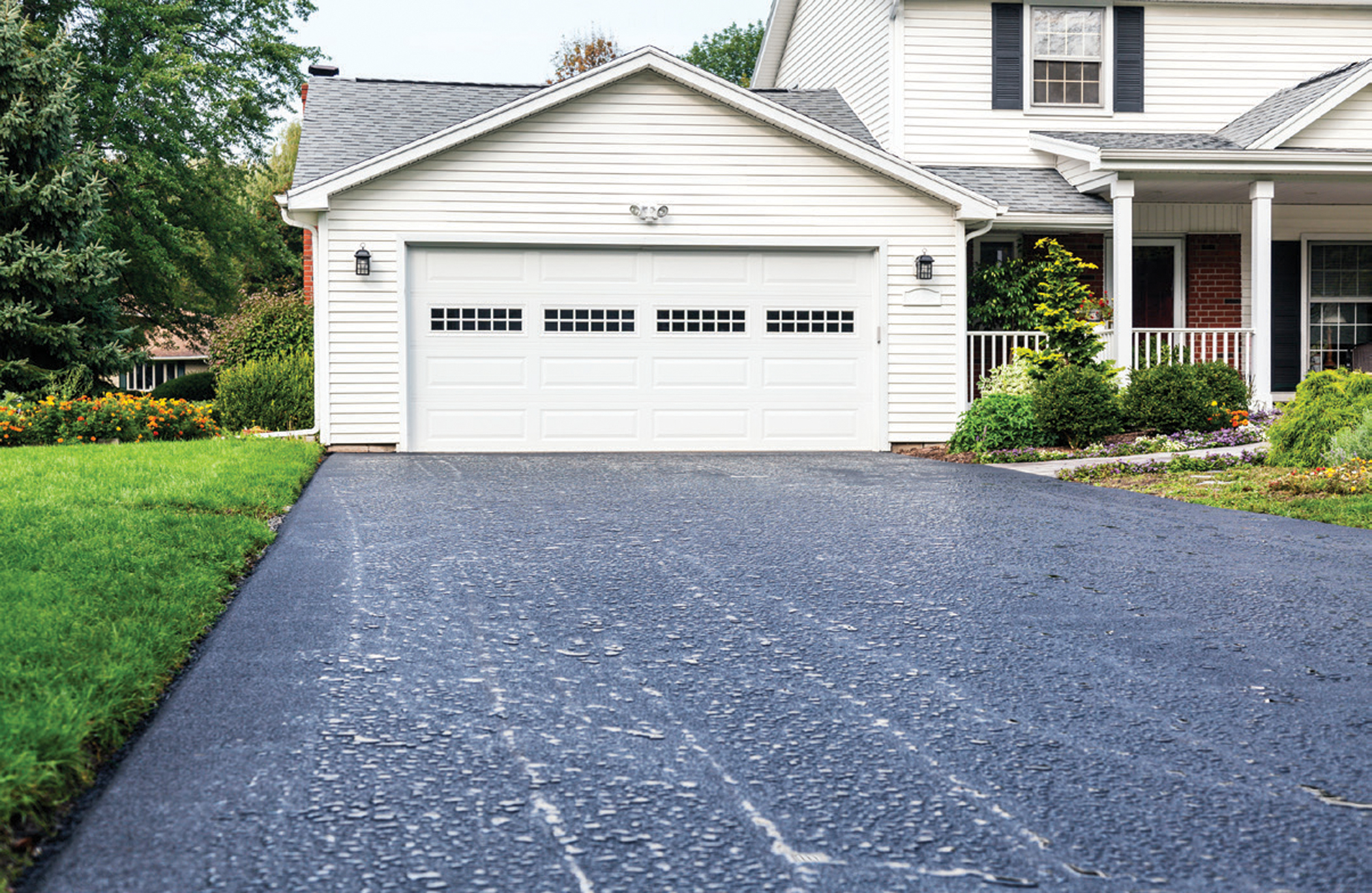Effective Asphalt Repair: Cold Mix Sealing Techniques Revealed
Wiki Article
Cold Mix Asphalt Vs. Hot Mix Asphalt: Which Is Right for You?

Make-up Distinctions
Cold mix and warm mix asphalts differ significantly in their composition, with unique attributes that affect their efficiency and applications. Cold mix asphalt is created by emulsifying the asphalt binder with water and an emulsifying representative before mixing it with accumulation. This technique permits the asphalt to be convenient at lower temperature levels, making it ideal for short-lived repair work and for use in colder climate condition. Hot mix asphalt, on the various other hand, is made at heats, generally between 300-350 ° F, which aids to attain better compaction and a more durable end product. The warm mix asphalt manufacturing process entails warming the accumulation and asphalt binder independently before integrating them at the asphalt plant.
In addition, cold mix asphalt has a tendency to be less dense and a lot more versatile than hot mix asphalt. This flexibility makes it much better matched for locations with greater degrees of motion, such as driveways or roads with rush hour. In contrast, warm mix asphalt is known for its high resilience and resistance to rutting and fracturing, making it a favored choice for highways and high-traffic roads where longevity is critical.
Setup Refine Variations
The process of mounting chilly mix and warm mix asphalt displays noteworthy variations in their demands and procedures. Cold mix asphalt, being an extra versatile material, can be used directly from the bag or container onto the pocket or damaged location. It calls for very little preparation work, such as cleaning up the area and compacting the cold blend with hand tools. This makes it a practical alternative for temporary and fast fixes. On the other hand, hot mix asphalt necessitates a more intricate installment procedure. It includes heating up the mixture to heats prior to laying it down on a properly prepared base. The preparation consists of condensing the base, using a tack layer, and using hefty machinery like pavers and compactors for a smooth and long lasting finish. Due to the home heating needs, hot mix asphalt setups are commonly lugged out by experts with specialized tools, making sure a much more irreversible and structurally sound result.Sturdiness and Durability Elements
When considering asphalt options, durability and durability are essential elements to assess for enduring pavement performance,. Hot mix asphalt (HMA) is recognized for its outstanding resilience and durability. The high temperatures throughout the mixing and laying procedure enable better compaction, resulting in a denser and more powerful pavement structure. This results in HMA being extra immune to rush hour lots, harsh weather condition problems, and the impacts of maturing contrasted to cold mix asphalt (CMA)
In terms of durability, HMA generally surpasses CMA because of its exceptional toughness and resistance homes. HMA pavements have a longer solution life, requiring less regular repairs and upkeep, which can translate to set you back financial savings in the future. Additionally, HMA sidewalks are more easily adjustable to satisfy specific job requirements, additionally boosting their resilience.
Expense Considerations
Thinking about the monetary effects is a vital element when examining the choice between hot mix asphalt (HMA) and cold mix asphalt (CMA) for sidewalk jobs. While the preliminary cost of warm mix asphalt is generally greater than that of cold mix asphalt, HMA often provides an extra cost-effective solution in the long run due to its exceptional sturdiness and long life.In addition to material costs, it's crucial to take into consideration the expenses associated with setup and upkeep when comparing HMA and CMA. Eventually, the choice between HMA and CMA should take right into account not just the preliminary expense however additionally the long-term monetary ramifications to determine the most cost-efficient option for the particular pavement project.
Environmental Impact Comparison
Contrast of the ecological impacts between hot mix asphalt (HMA) and cool mix asphalt (CMA) exposes unique differences in sustainability practices. HMA manufacturing requires heats, leading to increased power usage and greenhouse gas discharges. The process also releases volatile natural compounds (VOCs) and unsafe air contaminants (HAPs) into the environment. On the other hand, CMA is produced and applied at lower temperatures, decreasing energy usage and emissions dramatically. The reduced production temperatures of CMA result in reduced fuel usage and reduced degrees of CO2 exhausts, making it a more ecologically friendly alternative.Furthermore, the use of CMA typically includes recycling existing asphalt pavement, advertising source conservation and asphalt repair reducing the quantity of waste sent to garbage dumps. By choosing for CMA over HMA, road building jobs can add favorably to environmental conservation initiatives.
Final Thought
In verdict, the option between chilly mix asphalt (CMA) and warm mix asphalt (HMA) depends upon various factors such as make-up, installment process, sturdiness, longevity, expense, and environmental impact. asphalt repair. While CMA offers a fast and cost-effective remedy for small repair services, HMA makes certain superior longevity and longevity for hefty website traffic areas. Think about these variables very carefully to establish which kind of asphalt is the ideal choice for your paving requires

Thinking about the financial effects is a crucial aspect when assessing the option between hot mix asphalt (HMA) and chilly mix asphalt (CMA) for pavement jobs. While the preliminary price of warm mix asphalt is normally greater than that of cool mix asphalt, HMA typically supplies a much more affordable option in the lengthy run due to its premium durability and durability. asphalt patch repair.Comparison of the ecological impacts between hot mix asphalt (HMA) and chilly mix asphalt (CMA) reveals distinctive differences in sustainability practices.In verdict, the option between chilly mix asphalt (CMA) and warm mix asphalt (HMA) depends on various elements such as composition, installment procedure, longevity, longevity, cost, and ecological influence
Report this wiki page